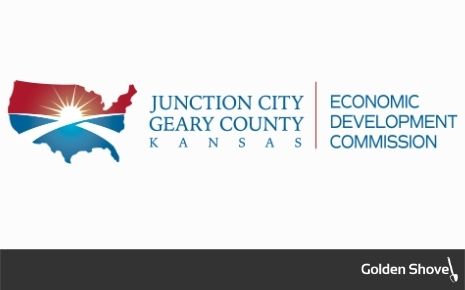How To Create Effective Calls to Action (CTAs) for Your Lead Generation Strategy

21 Mar 2022
News, Marketing
How To Write Calls to Action (CTAs) That Lead to Results
Calls to action (CTAs) are the secret sauce to driving people to your community. If your CTAs aren’t effective at capturing people’s attention and persuading them to click, then it makes your offer useless.
CTAs can be used on product pages, landing pages, display ads, social media, emails, direct mail, and pretty much anywhere you can market your offer.
But not all CTAs are created equal. In a world where every brand is fighting for consumers’ attention, it’s critical that prospects choose your offer over your competitors.
Place CTAs Where the Eye Can See
CTAs do best “above the fold” - the space where your web page is viewable to the user without having to scroll down. According to heat map data, anything “below the fold” will only be viewed by 50% of people who visit your page. Doubling impressions on your CTAs can significantly increase your lead count.
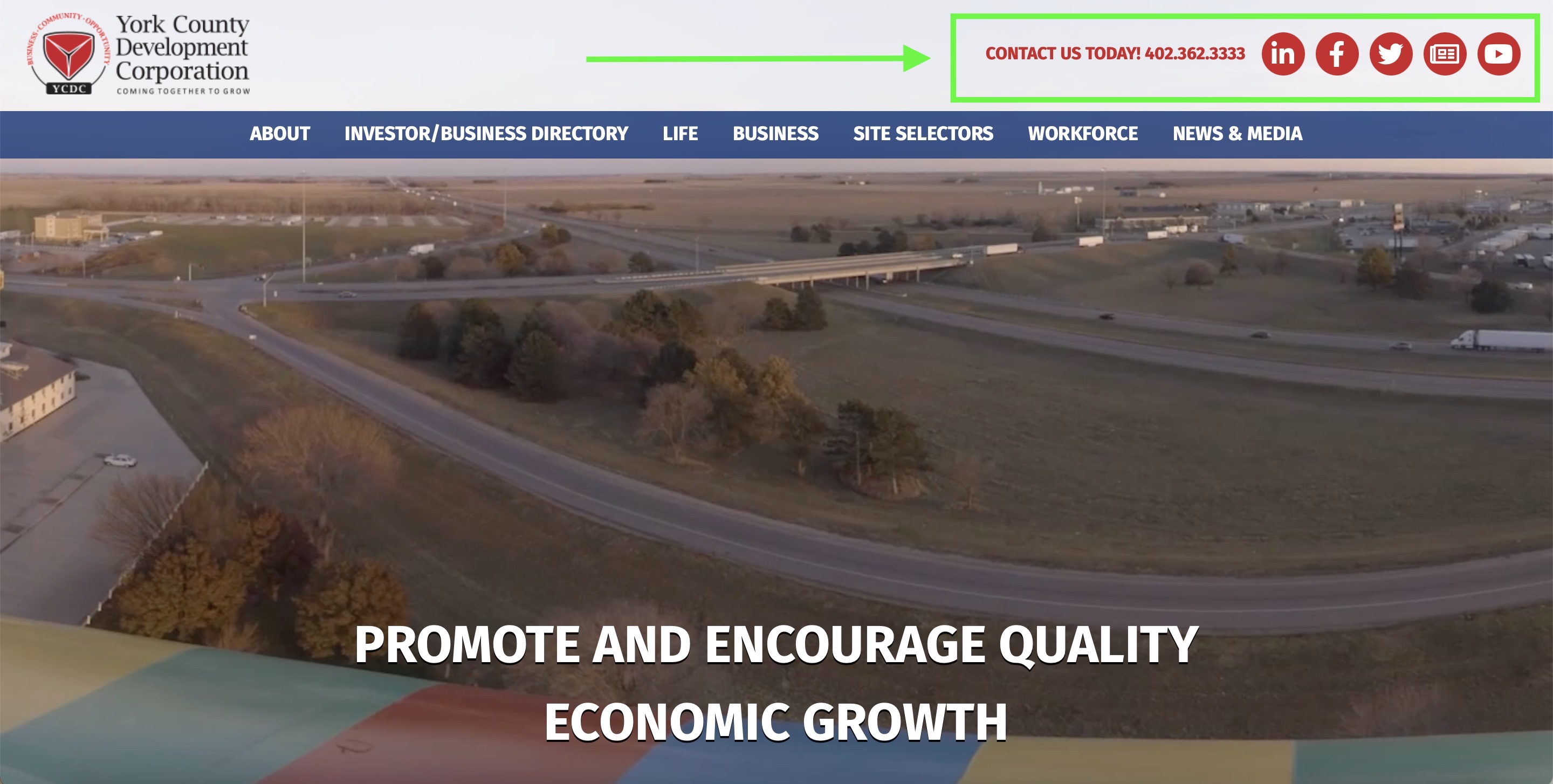
Clarity Trumps Persuasion
Too frequently, organizations put more focus on being clever than clear. Be crystal clear about what you're offering in your CTA. And be specific. If you’re offering case studies about successful manufacturing businesses in your community, say “Download FREE manufacturing case studies. Find out why our manufacturers succeed.” If you’re looking to attract more workers, say, “Download our FREE guide to working in X.” X should clearly convey a compelling benefit of receiving the offer. This is much more effective than “Download Now” or “Get a Free Article.” These simply aren’t specific enough.
Use Contrast to Make CTAs Stand Out
A CTA is meant to stand out, so if your CTA blends in too much with your site design, no one will notice it. You want as many eyeballs to land on that CTA as possible, so use contrasting colors to make the CTA stand out, and more importantly, use design to make it obvious that it’s a clickable CTA.
There are many examples below that catch the eye - the gold “Get Started; Contact Us; and Download Today” buttons, as well as the “Get In Touch” button.
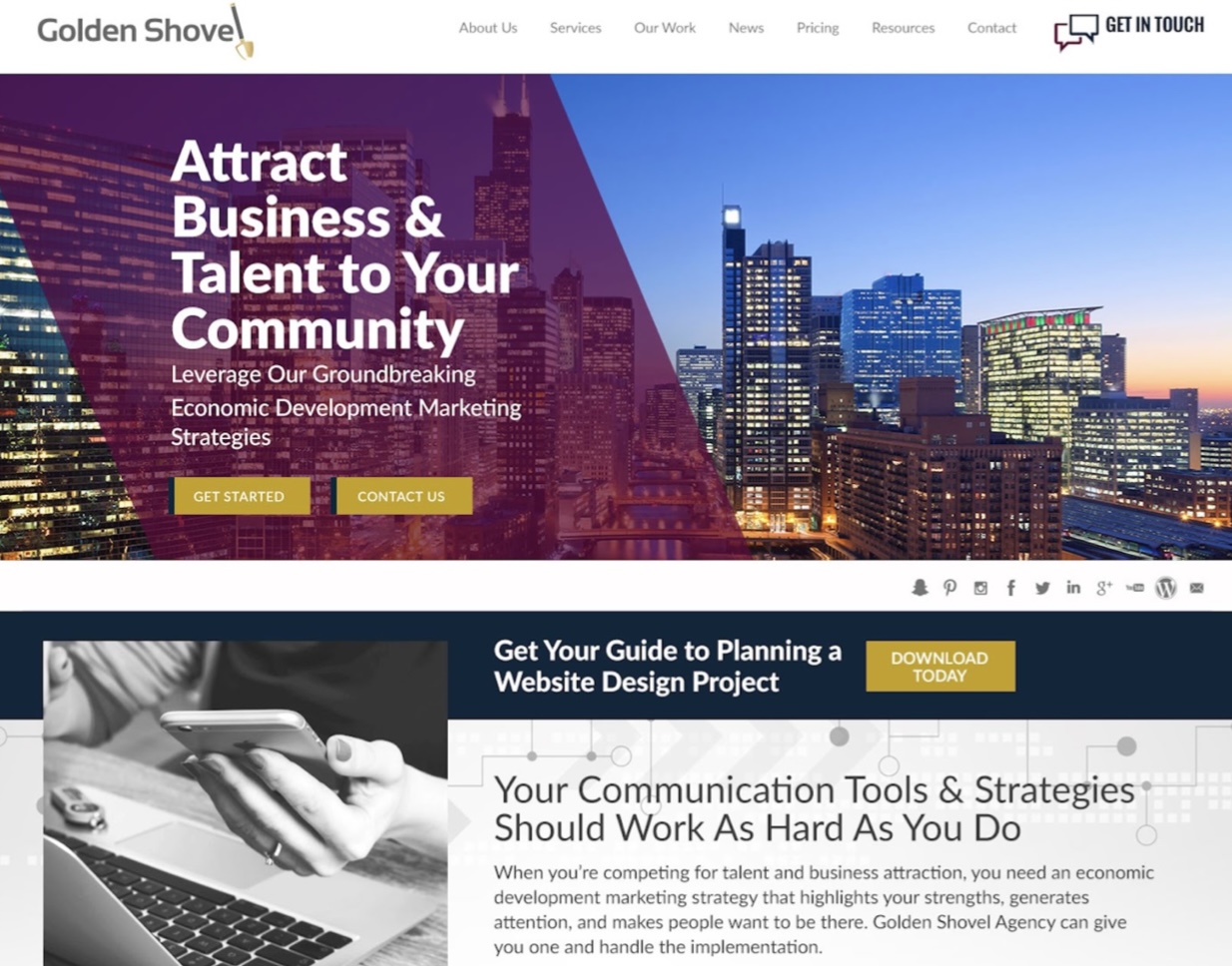
Link Your CTA to a Dedicated Landing Page
This tip might seem minor, but it’s incredible how often communities miss this opportunity. CTAs are meant to send visitors to a dedicated landing page where they receive a specific offer. Do not use CTAs to drive people to your homepage. Even if your CTA is about your community (and perhaps not an offer like a download), still send them to a targeted landing page that is relevant to what the visitor is looking for. If you have the opportunity to use a CTA, send them to a page that will convert them into a lead.
Promote Offers on Product Pages
CTAs shouldn’t be one-size-fits-all. If your organization offers various products and services (or targets multiple audiences), you will want to consider creating a different offer for each of them. Then, you can use CTAs to send people to web pages that are most relevant to that offer.
Thank You Pages
Thank you pages can be great CTA real estate. Even if someone completed a form on your website (thus they’ve converted to a lead), don’t stop there. Increasing engagement is a top priority for economic developers looking to turn prospects and leads into loyal ambassadors.
Once someone reaches a thank you page (the page that a visitor arrives on after completing a form), use that space as an opportunity to promote more offers and content. For example, if a visitor downloads a guide on housing, you can give them another offer to see open job opportunities.
Download the Digital Lead Generation Whitepaper
About the Author

Audrey Anderson
Director of Marketing & Communications
Connect with Audrey on LinkedIn
Audrey Anderson is the Director of Marketing & Communications for Golden Shovel Agency. Audrey is responsible for the company's marketing efforts including managing the social media profiles, sending the bi-weekly newsletter "Economic Developer's EDGE," writing press releases, managing digital ads, and publishing content in line with a marketing strategy.
More Topics
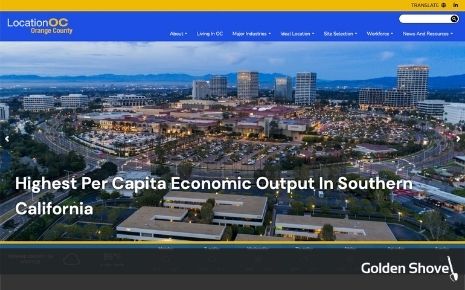
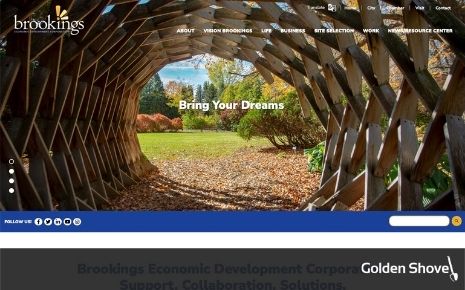
Brookings Economic Development Corporation Launches New Website to Showcase Economic Opportunities
Mar 16 2022